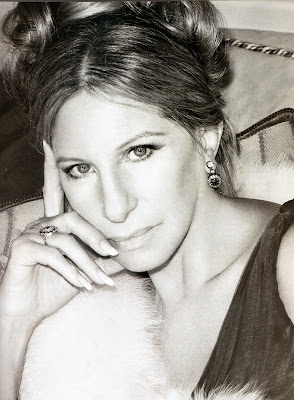The Princess Brides Part 2
Finally we know who designed the dress, Sarah Burton for Alexander McQueen. The lace appliqué for the bodice and skirt was hand-made by the Royal School of Needlework, based at Hampton Court Palace, and was custom-made to include the four emblems of the United Kingdom: the rose, the thistle, the daffodil and the shamrock. The dress, made of ivory and white satin gazar, had lace handcrafted to ensure all adorning flowers were of matching colour and style. The veil, made of layers of soft, ivory silk tulle with a trim of hand-embroidered flowers, subtly dropped onto the long train, 2 metres and 70 cms long, which fell three steps down onto the Abbey steps. The shoes, were Alexander McQueen too, and made of ivory duchess satin. The long lace sleeves of the dress are bound to set a trend for future bridal gowns. It has been remarked upon by many that the gown is reminiscent of the one worn by Grace Kelly on her wedding day.

The tiara, the little known 1936 Cartier ''halo'', was her ''something borrowed'' and was loaned to her by the Queen - a tradition for royal weddings. The earrings were the bride's ''something new'' and were a wedding day gift from her parents, created by Robinson Pelham, they were diamond-set stylised oak leaves with a pear-shaped diamond set drop and a pave set diamond acorn suspended in the centre. They were inspired by the Middleton family's new coat of arms, which includes acorns and oak leaves, and were created to echo and complement the tiara. For her ''something blue'', a blue ribbon was sewn into the interior of her dress, while her ''something old'' was the traditional Carrickmacross craftsmanship used to create the bridal gown.

The bride paid an allusion to her new husband by including 'Sweet William' flowers in her bridal bouquet. The bouquet, as royal tradition dictates, also included a sprig from a myrtle bush planted by Queen Victoria on the Isle of Wight in 1845. Other flowers in the bouquet included hyacinth, lily-of-the- valley and ivy. It was designed by Shane Connolly, the florist also responsible for decorating the wedding venue Westminster Abbey with eight English maple trees. The symbolism of the flowers used at the royal wedding has been much commented on. Sweet William means gallantry, lily-of-the-valley return of happiness, hyacinth constancy of love, while ivy signifies fidelity, marriage, wedded love, friendship and affection. Myrtle is the emblem of marriage and love.















Comments
Post a Comment